
Cattle
Cattle
Cattle
f you were asked, "What are the characteristics of cows" ?What would you explain. Cows are very famous animals, and many people have seen them in ranches and zoos. However, when you think about it again, there are many things you may not know, such as what kind of cows there are and why they can grow so big by eating grass. Now let's take a sneak peek at some of the characteristics and secrets of cows that you may not be aware of!
Cattle Basic Infomation
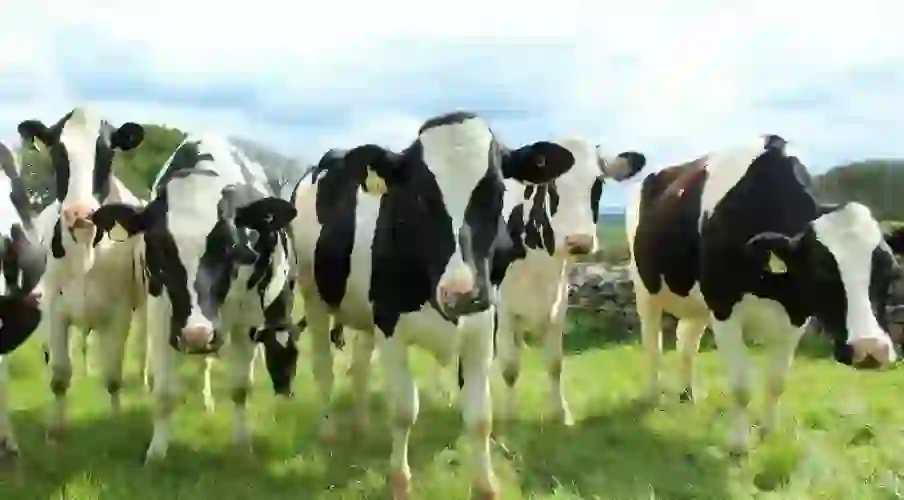
Mammalia Cetartiodactyla-Bovidae-Bovine genus.
Holstein weight:male 1,000Kg female 600Kg. Japanese black weight:male 900Kg female 550Kg.
The cattle that we keep and make our meat and milk are domesticated animals from the wild cattle that once inhabited Europe, the "Aurochs".
Unfortunately, the Aurochs, also known as the original cattle, became extinct in the 17th century, but it is said that there are now more than 1.3 Billion cattle on the earth that have Aurochs as their ancestor.
Cattle are basically animals that live in packs of a few to 30 cows, depending on the type and gender. Wild cattle have a fixed breeding season, but domestic cattle do not have a fixed breeding season, so they can get pregnant and give birth all year round. Cattle have a gestation period of about 280 days, and usually have one child per birth.
Cattle are herbivorous animals, so wild cows eat grass, leaves from trees, and any plant available in the area.
On the other hand, domesticated cattle feed on grass and rice straw as their staple food, and eat highly nutritious foods such as corn, soybeans, bran, and wheat, which are called concentrate feed.
Cattle Q&A

What is the origin of the cattle name?
By the way, when did cattle come to be called "cattle"?
Incidentally, it is known as "ushi" in Japan.
The English word "cattle" and the Japanese word "ushi". There are several theories about the origin of each name, so it is not clear which one is correct at the moment.
Also, although the origin varies from country to country, I will introduce the case of Japan this time. Why is it called a ushi? Here are two theories.
The first theory is that cattle are called "u" in Korea, which was introduced to Japan and became "bovine".
The second theory is that the cattle was once called "Ushishi," meaning "a beast used by hitting it with a whip," and it shrunk to become "Ushi.
Even for animals that you see casually on a daily basis, such as cows, it is interesting to look up the origin of their names.
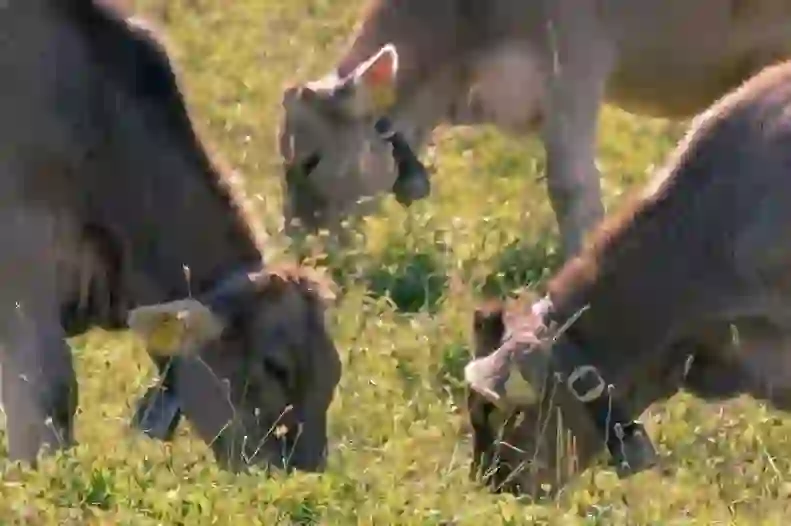
How many types of cattle are there?
It is said that there are more than 800 types of livestock cattle in the world.
There are roughly four types of cattle depending on their role: "dairy cattle" for milk, "beef cattle" for meat, "milk and meat breeds" for both milk and meat, and "work cattle" for carrying luggage and plowing fields.
By the way, most of the cattle found in ranches in Japan today are dairy cattle and beef cattle. work cattle used to be active in farming villages in Japan, but with the development of machines and tools, they have lost their role.
In Japan, some work cattle are still working in some areas and are kept for tourism. One of the most famous examples is buffalo, which works to make sugar in Okinawa Prefecture, but it is almost impossible to see them in Japan anymore.
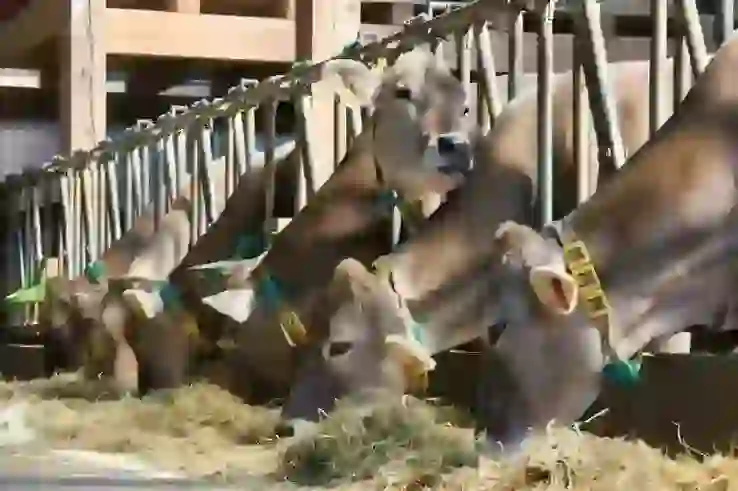
Why is the body of a cattle that only eats grass so big?
Why can cattle grow so big when they only eat grass? The secret of how cattle can grow by eating grass is hidden in their stomachs.
In fact, the body of a cattle is the same as that of us humans, and we cannot digest hard, fiber-rich plants such as pasture on our own to nourish them.
However, unlike us, cattle have a whopping four stomachs, and they have a lot of microorganisms in their stomachs. In the cattle stomach, the microorganisms work to break down the plants and produce the nutrients that the cattle needs to survive. This is why cattle can grow so big even if they only eat grass.
By the way, cattle provide food (plants), water, and a habitat in the stomach for microorganisms. Instead, cattle digest and absorb microorganisms that are no longer able to work and use them as nutrients (mainly the source of proteins called amino acids). Cattle and microorganisms have a strange and strong relationship, and they live together helping each other.
In addition, cattle always make their mouths squirm, and this behavior is called rumination. Rumination is done to put food in the stomach back into the mouth and chew it again, making the food even finer and easier to digest. Rumination is also found in animals such as giraffes, goats, and sheep.

How much food do cattle eat a day?
The amount of food a cow eats varies greatly depending on whether it is a dairy cattle or a beef cattle, as well as its weight and age.
As an example, a dairy cattle weighing 600 kg eats as much as 30 kg of food (a combination of grass and concentrate) a day to produce 20 kg of milk a day. Beef cattle eat about 8 to 9 kg of food a day.
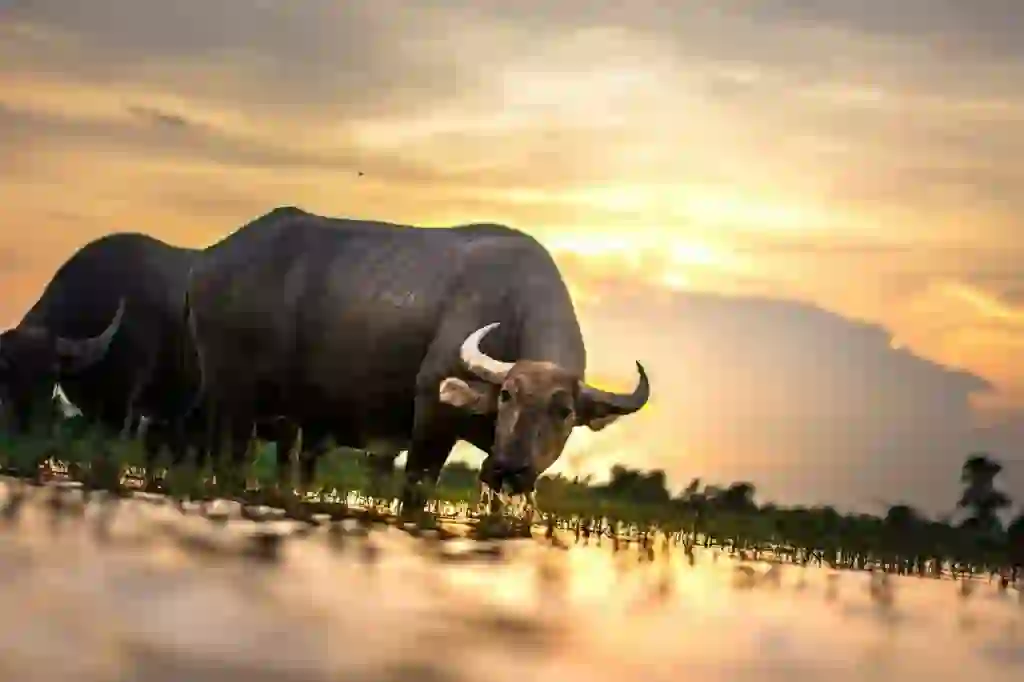
How much milk can a dairy cattle produce per day?
There are many types of dairy cattle, including "Holstein", "Jersey", and "Airshire".
Incidentally, in Japan, there are many cases where cattle with black-and-white patterns called Holsteins are raised as dairy cattle, and for this reason, almost 100% of the milk sold in Japan is milked from Holsteins.
Holstein produces a very large amount of milk, 20-30 kg per day and as much as 6,000-8,000 kg per year. Some of them are strong enough to produce about 70 kg of milk a day, or as much as 20,000 kg a year.
Jersey cattle produce less milk than Holstein cattle, with an annual production of about 4,000 kg of milk. However, because of its high milk fat content and good taste, Jersey-produced milk is used as a raw material for ice cream and butter.
Jersey is characterized by its brown body, large eyes, and white nose and mouth, making it look very pretty.
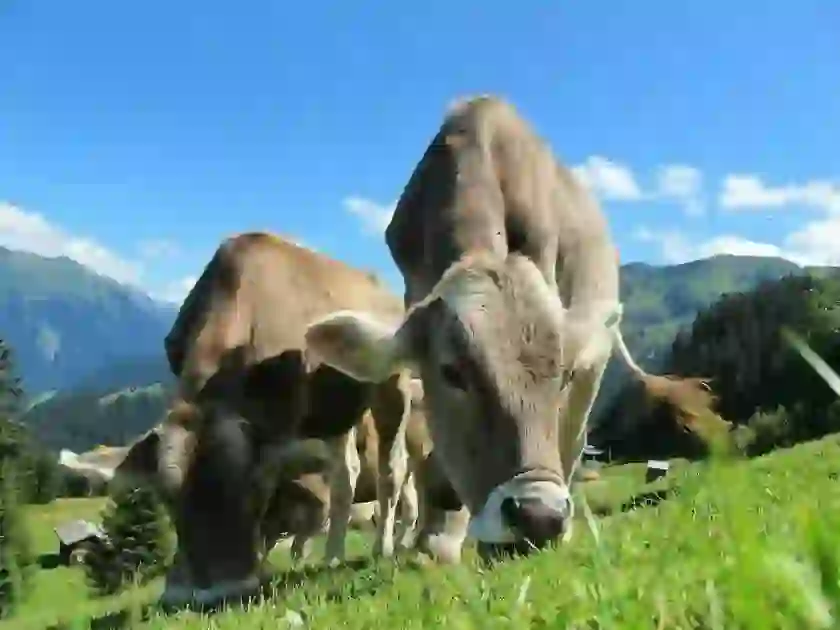
Why is "Wagyu "meat so expensive?
To begin with, Wagyu is a uniquely Japanese beef made from native Japanese breeds. And the reason why Wagyu meat is so expensive is because it is raised over a longer period of time than other cattle.
Since wagyu is raised slowly and over time, the meat contains a mesh of fat called sashi. And the meat with the sashi in it is called "marbled meat". Since fat has a low melting point, you can taste the melting sensation of wagyu meat with sashi in it in your mouth.
By the way, there are many brands of Wagyu, such as "Matsuzaka Beef", "Kobe Beef", and "Omi Beef".
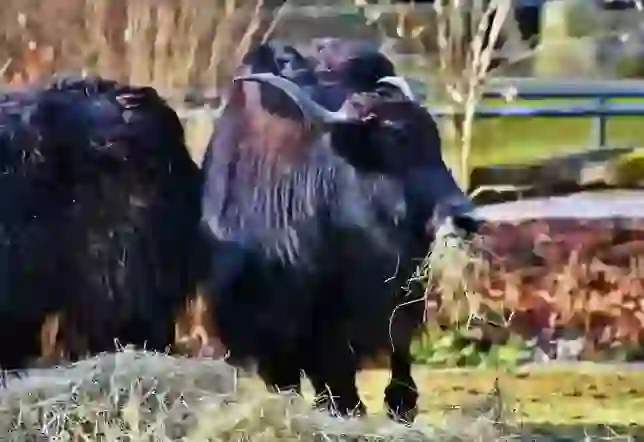
Why do some cattle not have antlers?
Holstein cattle, which are often seen at tourist farms, do not grow antlers at a glance.
Actually, Holsteins have antlers, but most Holsteins take antlers when they are small. This is because antlers are a very powerful weapon for cattle, and if they are poked with antlers, farmers may be seriously injured.
There are also cattle that are born without antlers, such as the "Japanese Polled" a type of Wagyu.
By the way, deer and reindeer grow back every year when their antlers fall, but cattle antlers never grow back once they are removed.
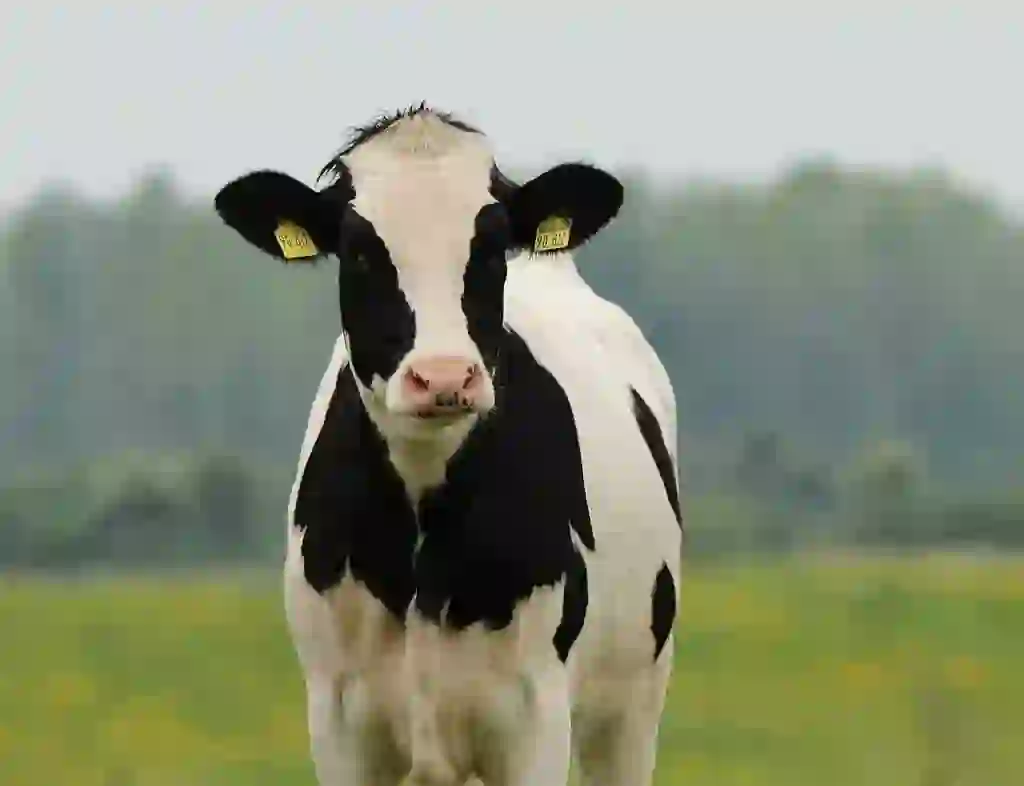
Is it true that some cattle have bumps on their backs?
It's true.
A cattle called "zebu" is known to have a camel-like bump on its back. The inside of this nub is packed with muscle and fat and seems surprisingly soft to the touch.
Zebu also has a fold called the "dewlap" under the neck.
They are also resistant to heat and disease, so they are widely bred in Southeast Asia and Africa.
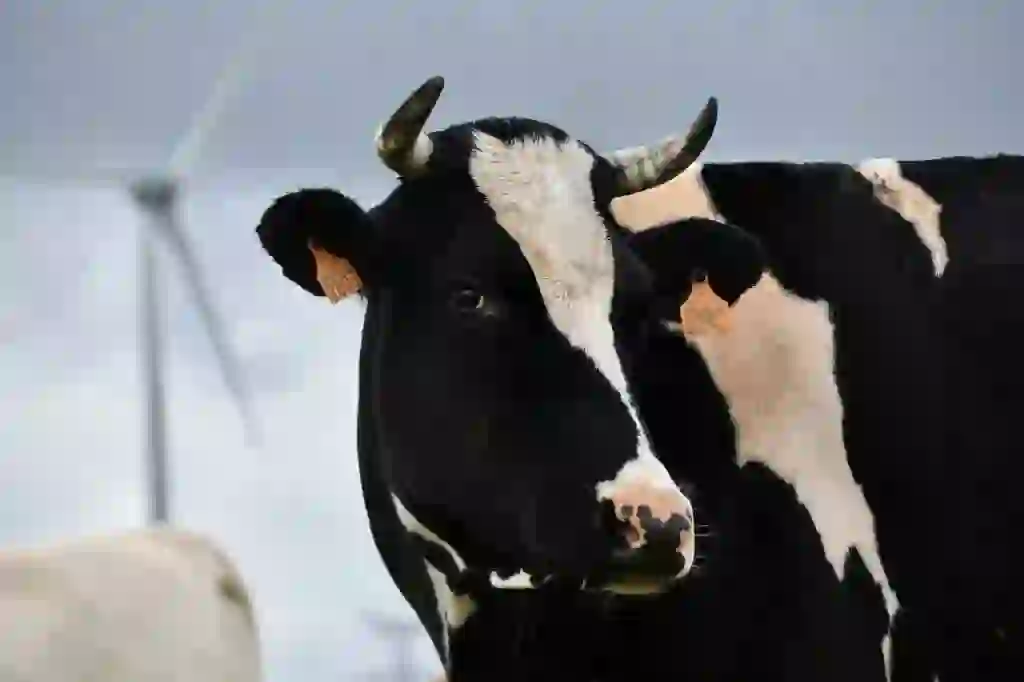
When do cattle wag their tails?
Cattle have long tails, but when do cows wag their tails?
In fact, the tail of cattle is mainly shaken to drive away flies that stick to its body. Other times, when you feel itchy or have a stomachache, you can swing your tail.
The tail of cattle is supple and strong, so a direct hit will hurt more than you can imagine.
By the way, cattle tails are also used as an ingredient in soups and stews.

Why do cattle have rings on their noses?
Have you ever seen a cattle with what looks like a piercing on its nose? This is called a "nose ring" and is worn to get the cattle to listen to the instructions. If you think of it as something similar to a dog or cat collar, it may be easier to understand its role.
Cattle are very large and strong, so it is not easy to get them to follow the instructions given by humans. However, at the farm, when moving a cattle or treating a disease or injury, you may need to have it move as instructed. If you have a nose ring at such times, it will be easier to follow the cattle.
When the cattle is moved, a string is attached to the nose ring and pulled, and when the cattle is treated, a string is attached to the nose ring and connected to a pillar.
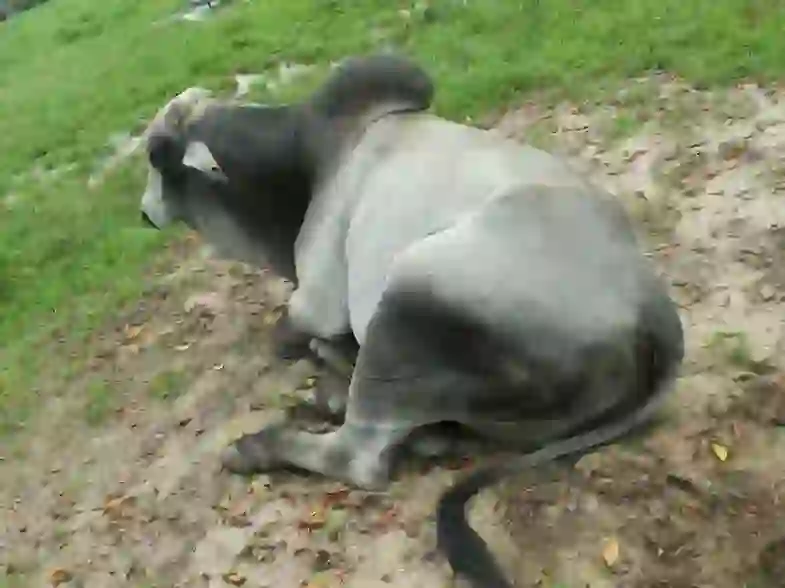
What kind of cattle are there in the wild?
Cattle have the image of being kept on farms, but the world is inhabited by a variety of wild cattle.
Wild cows can be found all over the world, including "American bison" in the U.S., "European bison" in Europe, "Banteng" in Southeast Asia, and "Gaul" in India. However, the number of species has decreased, and there are many species that are feared to become extinct.
Also, although it is not well known, wild cattle actually live in Japan.
In Japan, wild cattle are called "Kuchinoshima cattle" that live on Kuchinoshima Island in the Tokara Islands of Kagoshima Prefecture, and it is said that these cattle were originally kept as livestock and became wild.

Would you like to become a part of the 'Animalbook.jp'?
Turn your knowledge into Q&A and share it with the world. ※Publication will be activated after purchase. Let's share information together!
Cattle Type of List
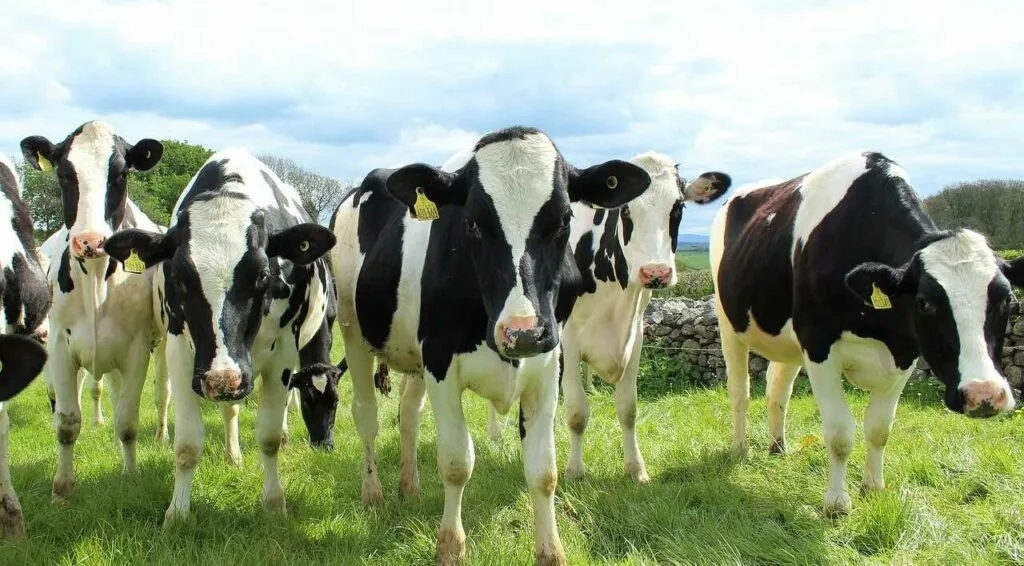
Dairy cattle(Domestic animals.) ・Holstein ・Jersey ・Guernsey ・Ayrshire etc.
Beef cattle(Domestic animals.) ・Hereford ・Aberdeen Angus ・Charolais ・Japanese Black ・Japanese Polled ・Japanese Brown ・Japanese Shorthorn etc.
Milk and meat breeds(Domestic animals.) ・Brown Swiss ・Simmental etc.
Wild cattle ・Aurochs(Extinct species.) ・Anoa ・Banteng ・Gaul ・American bison ・European bison ・Yak ・white-tailed gnu ・brindled gnu ・Kouprey etc.
Information
Congratulations! You are the first commenter!

Create Your Favorite List!
Cattle
Save the animals you love! Build your own list to quickly revisit your favorites later.

Would you like to leave a comment?
※Please note: This is for the purchase of rights to post comments within the article.
Find Your Favorites!
Our shop offers a unique and attractive selection of goods themed around various animals.
Cattle References

- 天野 卓・一谷勝之・上埜喜八・大石孝雄・永島俊夫・横濱道成(2004年)『生物資源とその利用(第2版)』三共出版
- 広岡 博之(2013年)『ウシの科学 (シリーズ家畜の科学)』朝倉書店
- 遠藤 秀紀(2019年)『ウシの動物学 (アニマルサイエンス)』東京大学出版会
- (公社)茨城県畜産協会いばらきの畜産情報~「家畜名の由来を探る」 http://ibaraki.lin.gr.jp/chikusan-ibaraki/25-09/08.html
- 名古屋大学生命農学研究科附属フィールド教育研究支援センター設楽フィールド「飼育動物 口之島牛」 http://www.agr.nagoya-u.ac.jp/~shitara/KuchinoshimaCattle.html
- 明治「乳牛について」 https://www.meiji.co.jp/meiji-shokuiku/know/lovable-milk/milk/cow/
- 田中畜産「牛の尾は何を語っているのか。」 https://tanatiku.com/kazuma/20384
- 一般社団法人Jミルク「千葉・南房総にある酪農のふるさとへ」 https://www.j-milk.jp/knowledge/dairy/hn0mvm0000005v0c.html
- 財団法人日本食肉消費総合センター http://www.jbeef.jp/
- 一般社団法人三重県畜産協会「肉牛の飼育過程(黒毛和種の場合)」 http://mie.lin.gr.jp/fureai/paneru/kuroge.pdf
- 畜産ZOO鑑「ぼくにも乳用牛、飼えるかな?」 http://zookan.lin.gr.jp/kototen/rakuno/r221.htm
Cattle Introduction of media used
出典:https://pixabay.com/videos/id-4507/

出典:https://pixabay.com/images/id-2318436/

出典:https://pixabay.com/images/id-5741089/

出典:https://pixabay.com/images/id-4135684/

出典:https://pixabay.com/images/id-3089259/

出典:https://www.pexels.com/ja-jp/photo/460223/

出典:https://pixabay.com/images/id-203460/

出典:https://pixabay.com/images/id-3077510/

出典:https://pixabay.com/images/id-354428/

出典:https://pixabay.com/images/id-4270355/

出典:https://pixabay.com/images/id-4269568/

出典:https://pixabay.com/images/id-360355/

出典:https://pixabay.com/images/id-1651281/
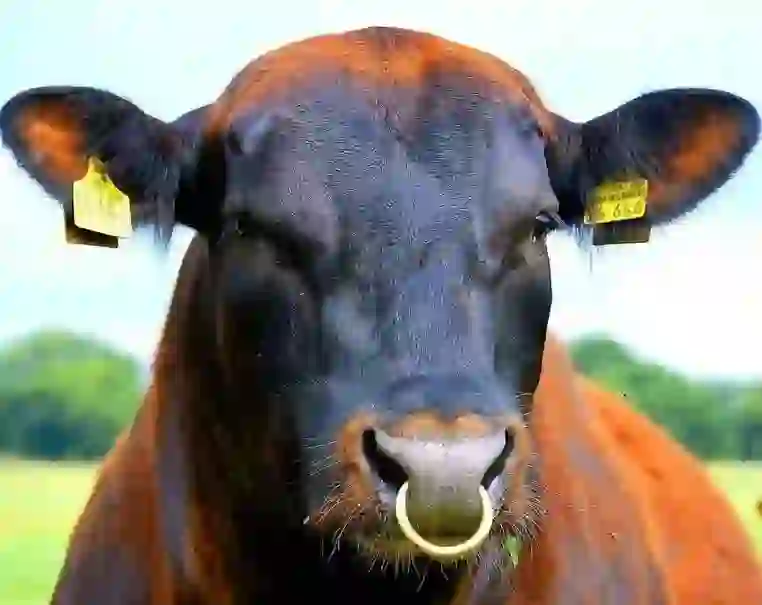
出典:https://pixabay.com/images/id-2372471/
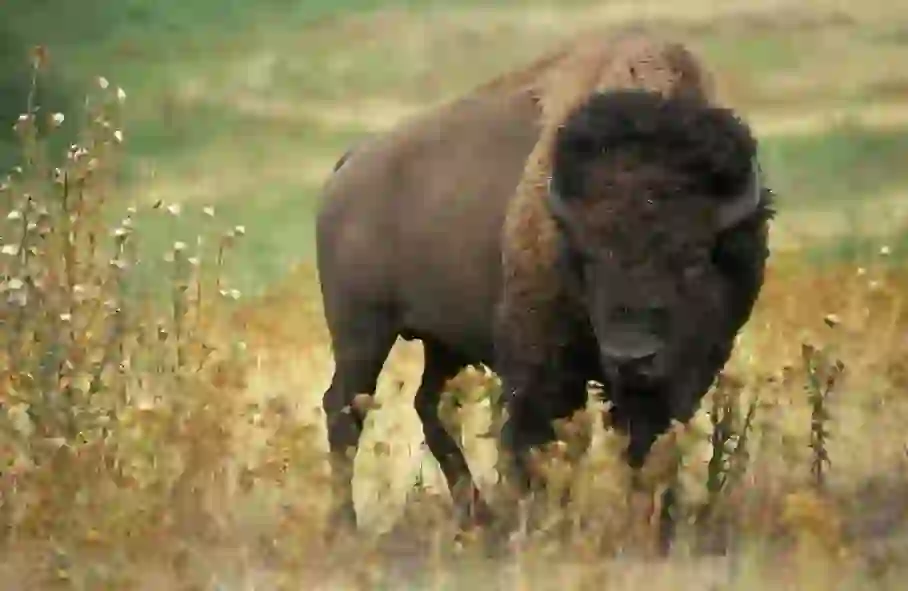
出典:https://pixabay.com/images/id-60592/

Help Enrich Our Animalbook.jp with Your Media!
We are constantly looking to expand and enrich our Animalbook.jp with amazing photos and videos of animals. If you have any media that you'd like to share, please contribute and help us showcase the beauty and diversity of the animal kingdom. Your submissions will be credited and featured in our encyclopedia, reaching a wide audience of animal lovers.


















